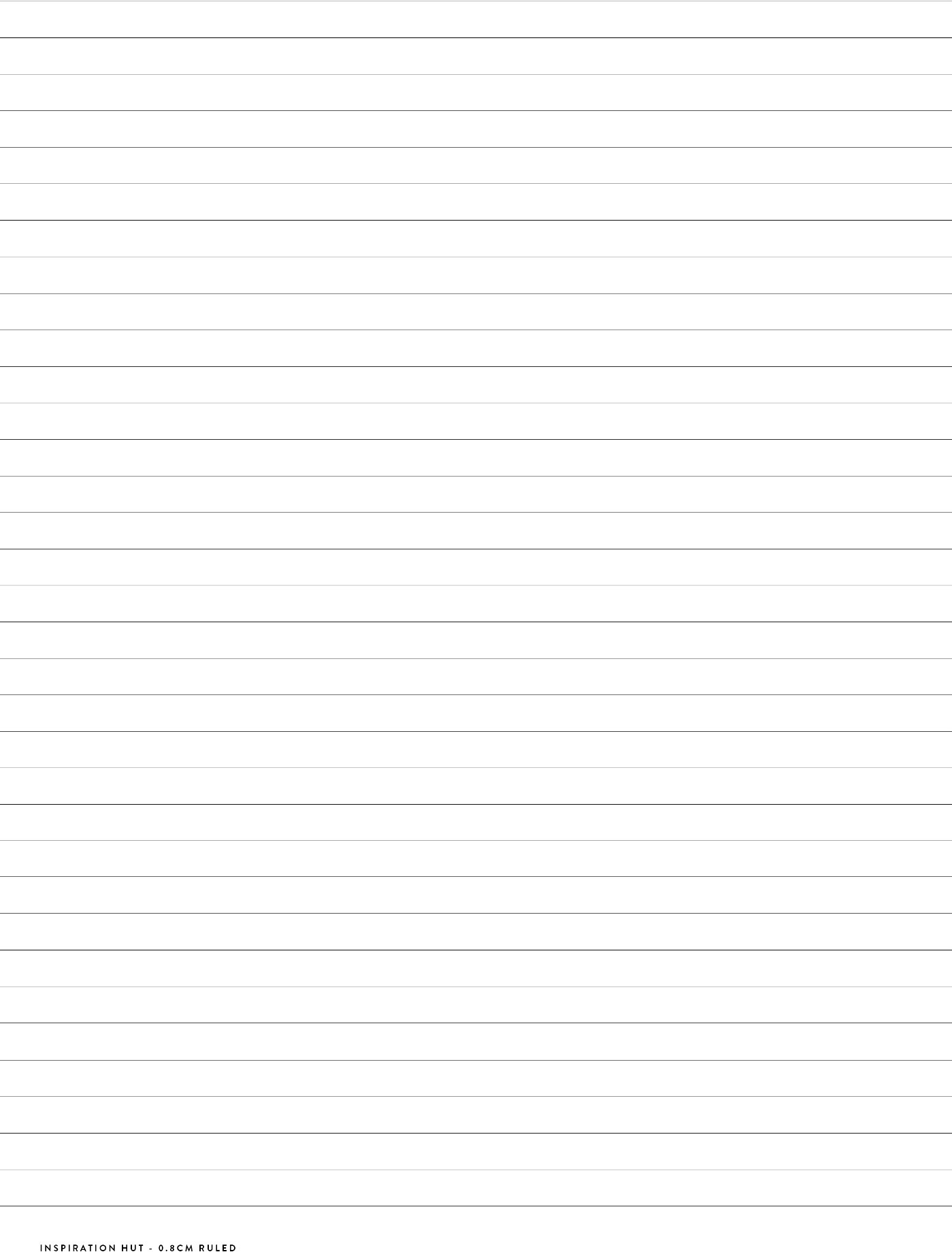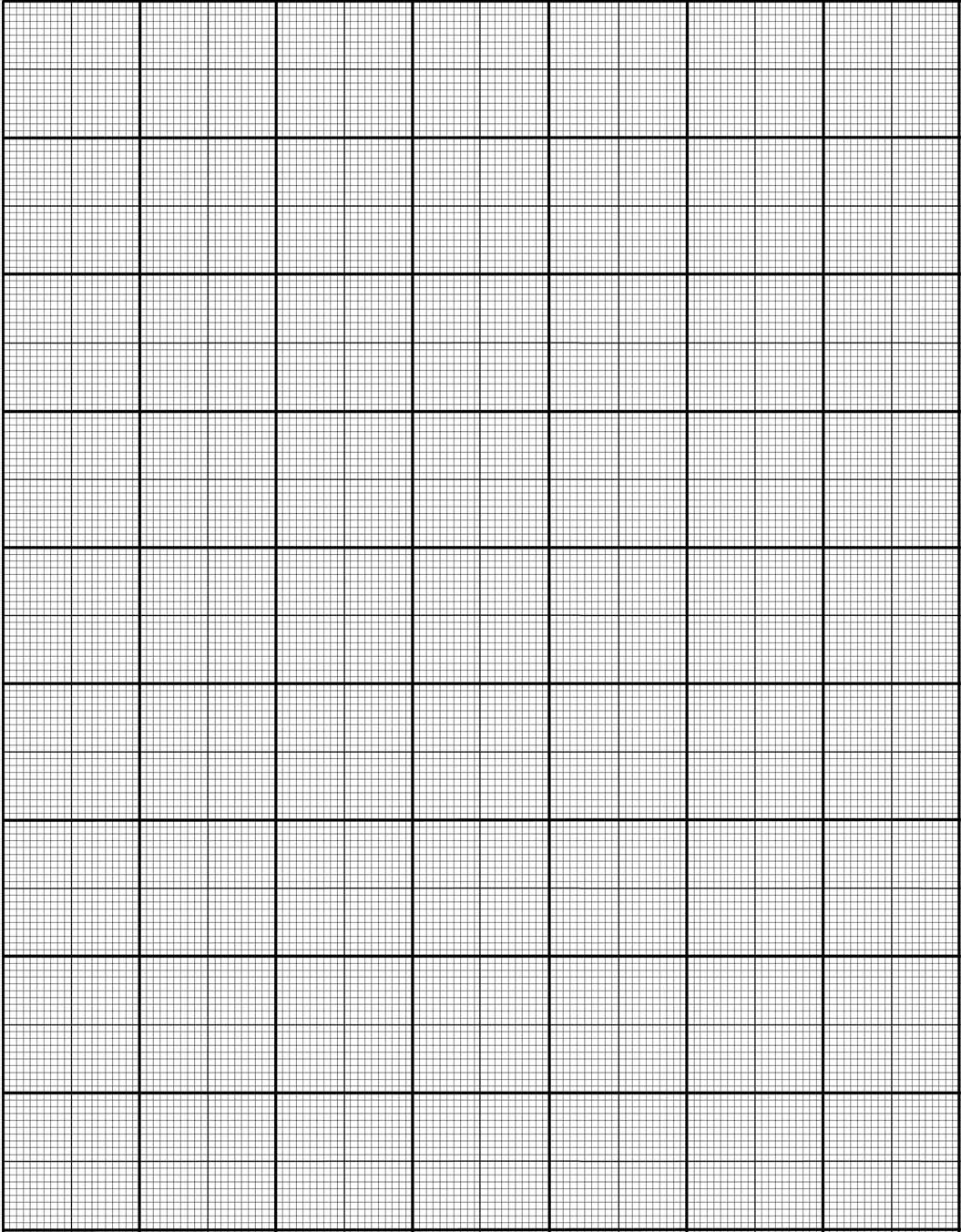1 Lab 1—Field Notes and Observations
EFFECTIVE SCIENTIFIC COMMUNICATION
“Nothing in science has any value to society if it is not communicated.”
—Anne Roe1
Today we will be focusing on collecting data and using that data to communicate science to others. Please read through the procedure and the recommended components for your field notes. When class is concluded today, take these notes home to write up your lab. You will be writing this in a standard lab report format:
Introduction
State the topic of the lab.
What is some background information about this topic. Cite sources for this knowledge.
What scientific question or problem was addressed? This may be posed in the form of a hypothesis.
Why was addressing this problem significant to science and/or society?
Method
What materials were used?
How were they used?
Results
What data was obtained during the lab?
This section is for objective data reporting only.
Include high quality images of your field notes in the Results section.
Discussion
Interpretation of the results. How do they relate to the scientific question?
This is the section to address any challenges or difficulties that may have influenced the results.
Conclusion
How was the scientific question answered or the scientific problem addressed? If a hypothesis was posed, was it supported or refuted?
What conclusions were reached?
What are some possible future scientific research directions on this topic?
Turn in this lab report—not your original lab notes—to your instructor before the beginning of next week’s lab class meeting.
1 To learn about Anne Roe, check out the Wikipedia page on her: https://en.wikipedia.org/wiki/Anne_Roe.
FIELD NOTES ACTIVITY
Objective: Through designed exercises, students will be given the opportunity to gain an appreciation of the importance of maintaining thorough, well-organized field notes on every fieldwork outing in order to support data collection for research and publication.
MATERIALS
Pencils—writing pencils and colored pencils
Lab Manual
Survey tape, rulers, compasses, protractors, erasers, and any other field gear that’s important for you to collect your data
ACTIVITY PROCEDURE
Walk to field site.
Individually, in pairs, or in groups—student’s choice—select a location at our class’s field site and create a field notebook entry incorporating elements listed on reverse of this page.
Study these rocks and gather as much detail as you can in your field notes. Then when you write your lab report you will be able to construct a story to share your ideas about the possible depositional environment of these rocks.
Get with a partner to discuss your field notes.
The whole class regroups. One student from each pair shares something they have learned with the group.
RECOMMENDED COMPONENTS OF FIELD NOTES
While your field notes should contain all the information you need to use to communicate the scientific results of your field work, sometimes it is a challenge to decide exactly what to put in that field notebook when you first start a project. Some basic components you need to have include your name, the names of other participants in this field work, page numbers, the date, the field location, the name of the project, the objectives for the day, and results pertaining to those objects. Results can include written descriptions
of your observations, sketches of what you observe, measured data, and anything else you think is important. An acronym you can use to help you remember the essentials is “DALEK:” date, aims, locations, elements, key information (Grinham, 2016a).
A useful acronym to help you get started with drawing field sketches is “OASIS:” orientation, annotation, scale, information, and “sketch what you see!” (Grinham, 2016b) While many people find field sketching daunting at first, drawing scientifically accurate sketches is one of the most important skills for a field geologist and is developed over time through much practice. The last S in OASIS is a key piece of advice pertaining to field sketches, and that is, “sketch what you see.” Go slowly and include as much detail as you can. Sometimes, through taking your time and sketching everything, you will see more than if you were to just take a photograph. I recommend doing both. You can then reflect upon multiple representations of the same field site when you return to process your data. Here is further description of the components covered by OASIS:

Figure 2. “OASIS” acronym with an example sketch (screenshot from grinham, 2016b)
Orientation—include the location and compass directions with your sketch. This may be as simple as a place name and a north arrow or as detailed as UTM coordinates or latitude and longitude with azimuth angles.
Annotation—label everything you can
Scale—make this as accurate as possible so you know the relative and absolute sizes of objects in your sketch
Information—include any additional information you will need to refer too later such as the key shown in the lower right of Figure 2, and it cannot be stated enough times,
Sketch what you see!


graph paper – Andrew Davidhazy – andpph@rit.edu


graph paper – Andrew Davidhazy – andpph@rit.edu


graph paper – Andrew Davidhazy – andpph@rit.edu
To learn more about taking field notes, check out these other great resources:
Grinham, Joshua. How to Set out a Field Notebook. GeoBus St Andrews, 2016a. https://www.youtube.com/watch?v=8bktaGkagnI.
Grinham, Joshua. How to Draw a Field Sketch. GeoBus St Andrews, 2016b. https://www.youtube.com/watch?v=3pkNsDcC61Y.
Markwick, Paul, 2020, “Field sketching in geology: time to think,” http://www.palaeogeography.net/blog/field-sketching-in-geology-time-to-think; last access: 2022-06-23.
Noad, Jon, 2016, “The (Forgotten?) Art of Geological Field Sketches,” https://www.searchanddiscovery.com/documents/2016/41853noad/ndx_noad.pdf; last access: 2022-06-23.
Oxford Cambridge and RSA, 2018, “Geological drawing,” https://www.ocr.org.uk/Images/500028-geology-drawing-skills-handbook.pdf; last access: 2022-06-23.
Williams, Maggie, “Field sketches & how to draw them,” http://pcwww.liv.ac.uk/geo- oer/index_htm_files/Field%20sketches%20&%20how%20to%20draw%20them.pdf; last access: 2022-06-23.
